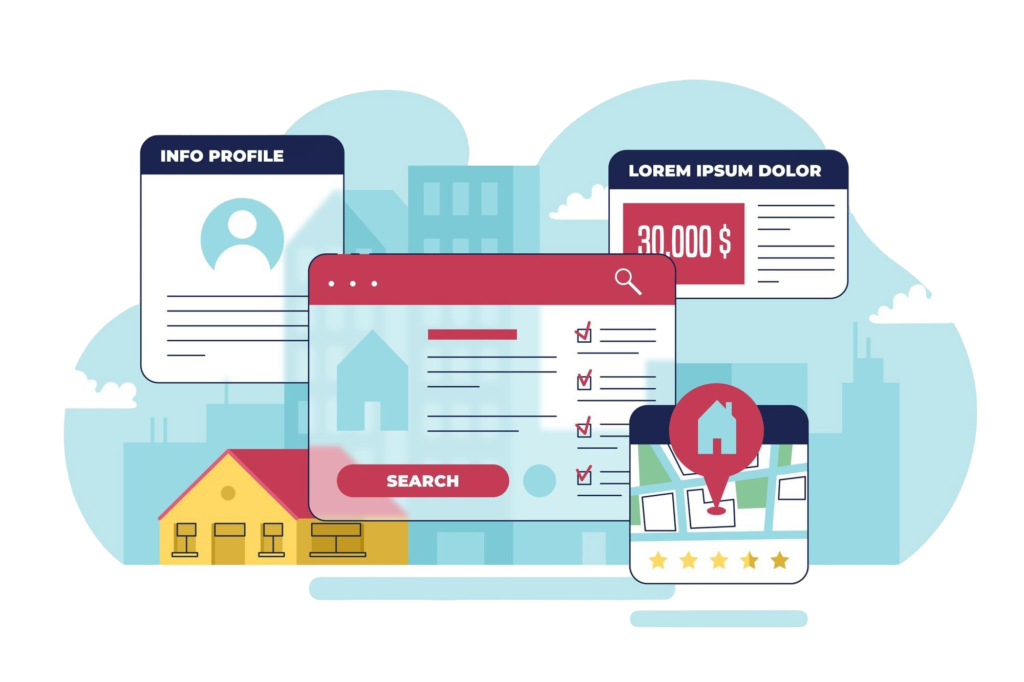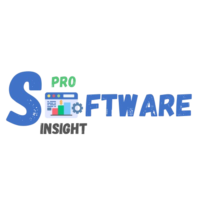Property Automation Software: The Future of Real Estate Management

Table of Contents:
Intro
- What Is Property Automation Software?
Why Is Property Automation Software Gaining Popularity?
- Key Features of Property Automation Software
- Benefits for Property Owners and Tenants
- Challenges and Considerations
- Conclusion
Imagine a world where managing a property portfolio doesn’t involve mountains of paperwork, endless phone calls, or hours spent chasing overdue rent. Welcome to the era of property automation software—a game-changing innovation that is reshaping the way real estate professionals operate. Whether you own a single rental unit or oversee a sprawling portfolio of commercial properties, this technology is designed to make your life easier, more efficient, and ultimately more profitable.
What Is Property Automation Software?
Property automation software is an all-in-one digital solution that simplifies and streamlines various aspects of real estate management. From tenant screening and lease agreements to maintenance requests and financial reporting, these platforms automate routine tasks, leaving you free to focus on growing your business.
At its core, property automation software integrates advanced technologies like artificial intelligence (AI), cloud computing, and Internet of Things (IoT) devices. The result? A seamless experience that enhances productivity while reducing human error. For example, imagine receiving real-time updates about a leak detected by a smart sensor in one of your units—and being able to arrange a repair with just a few taps on your phone. That’s not the future; it’s happening right now.
Why Is Property Automation Software Gaining Popularity?
The adoption of property automation software has been driven by a perfect storm of factors. First, there’s the sheer complexity of modern property management. Between keeping up with regulations, handling tenant interactions, and maintaining properties, the workload can quickly become overwhelming.
Second, the global shift toward digital transformation has encouraged even traditional industries like real estate to embrace technology. Tenants today expect convenience, whether it’s paying rent online or submitting a maintenance request via an app. Property managers who can’t meet these expectations risk being left behind.
Finally, there’s the undeniable appeal of cost savings. Automating repetitive tasks reduces administrative overheads, while features like predictive maintenance can help property owners avoid costly repairs by addressing issues before they escalate.
Key Features of Property Automation Software
If you’re new to the concept, you might wonder what makes property automation software so powerful. Let’s take a closer look at some of its standout features:
- Tenant Management: From digital lease signing to automated rent reminders, managing tenants has never been simpler. Many platforms also offer communication portals, ensuring transparent and efficient interactions.
- Maintenance Automation: Say goodbye to endless back-and-forth with contractors. Tenants can submit requests via the app, and the system can automatically assign the job to a preferred vendor based on availability and expertise.
- Financial Tracking: Detailed reporting tools allow you to monitor income, expenses, and overall profitability with ease. Some platforms even integrate with accounting software for added convenience.
- Smart Home Integration: Advanced systems can connect with IoT devices, enabling remote control of thermostats, locks, and security cameras—a feature particularly appealing to tech-savvy tenants.
- Compliance and Documentation: Keeping up with ever-changing regulations is a breeze, thanks to automated reminders and built-in compliance checks.
Benefits for Property Owners and Tenants
The beauty of property automation software lies in its ability to deliver value for everyone involved. For property owners and managers, the benefits include increased efficiency, better organization, and the ability to scale operations without a proportional increase in workload. For tenants, it translates to a smoother, more convenient living experience.
Consider the scenario of rent payments. Automated systems eliminate the need for manual reminders or in-person collection, making the process hassle-free for both parties. Similarly, when a tenant submits a maintenance request through an app and sees real-time updates on its status, it builds trust and satisfaction.
Challenges and Considerations
Of course, no technology is without its challenges. For one, the upfront cost of implementing property automation software can be a barrier, especially for smaller property owners. Additionally, there’s a learning curve involved—both for property managers and tenants—to fully utilize the software’s capabilities.
Data security is another important consideration. Given the sensitive nature of the information handled by these platforms, robust cybersecurity measures are non-negotiable. Property managers must choose software providers with a proven track record of protecting user data.
Conclusion
Property automation software is not just a buzzword; it’s the future of real estate management. By embracing this technology, property owners and managers can unlock new levels of efficiency, cost savings, and tenant satisfaction. While challenges exist, the benefits far outweigh the drawbacks, making it an investment worth considering.
So, whether you’re a seasoned real estate professional or just starting out, there’s never been a better time to explore what property automation software can do for you. After all, the future waits for no one—and in the world of real estate, it’s already knocking at your door.
